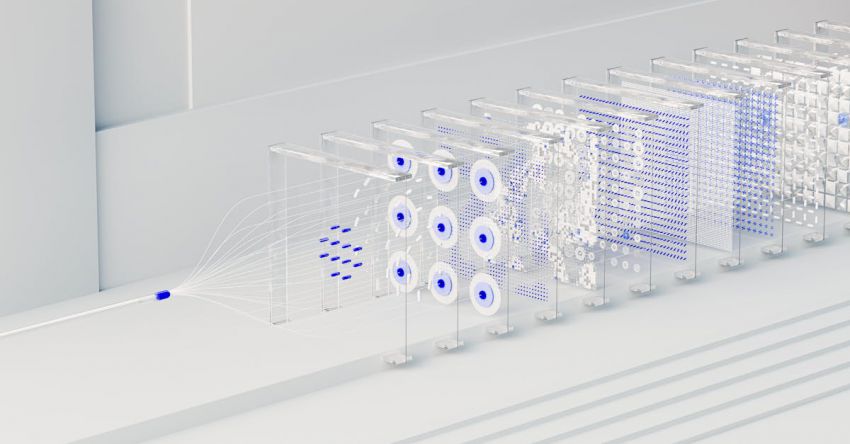How Do Ai and Machine Learning Differ

Artificial Intelligence (AI) and Machine Learning (ML) are terms that are often used interchangeably in conversations about technology. While both AI and ML are cutting-edge technologies that have revolutionized various industries, they are not the same. Understanding the key differences between AI and ML is crucial for grasping how each technology operates and its applications.
**AI: The Power of Simulating Human Intelligence**
Artificial Intelligence, as the name suggests, refers to the simulation of human intelligence in machines. AI aims to create systems that can mimic human cognitive functions such as learning, problem-solving, decision-making, and language understanding. AI systems are designed to adapt and improve their performance based on the data they receive. These systems can analyze complex data, recognize patterns, and make decisions without human intervention.
**Machine Learning: The Subfield of AI**
Machine Learning is a subfield of Artificial Intelligence that focuses on developing algorithms and statistical models that enable computers to learn from data and make predictions. Unlike traditional programming where explicit instructions are provided to achieve a specific task, in Machine Learning, the algorithms learn from patterns in data and improve their performance over time. Machine Learning algorithms can be broadly categorized into three types: supervised learning, unsupervised learning, and reinforcement learning.
**Training Data and Learning Process**
One of the key distinctions between AI and Machine Learning lies in the learning process. In AI systems, the rules and logic are explicitly programmed by developers based on predefined criteria. These systems operate based on predefined rules and decision trees. On the other hand, Machine Learning algorithms learn from vast amounts of data. The more data they are exposed to, the better they become at making accurate predictions and decisions. Machine Learning models are trained using labeled datasets to identify patterns and relationships within the data.
**Flexibility and Adaptability**
Another differentiating factor between AI and Machine Learning is their flexibility and adaptability. AI systems are typically designed for specific tasks and may not perform well when faced with new or unfamiliar scenarios. In contrast, Machine Learning models have the ability to adapt and generalize to new data inputs. This adaptability makes Machine Learning particularly useful in dynamic and changing environments where the data patterns may evolve over time.
**Applications in Real-World Scenarios**
AI and Machine Learning find applications in a wide range of industries, including healthcare, finance, marketing, and autonomous vehicles. AI is commonly used in applications such as virtual assistants, speech recognition, and image processing. Machine Learning, on the other hand, powers recommendation systems, fraud detection algorithms, and predictive analytics tools. The ability of Machine Learning models to continuously learn and improve from data makes them well-suited for applications that require real-time decision-making based on changing data patterns.
**Closing Thoughts: Harnessing the Power of AI and Machine Learning**
In conclusion, while AI and Machine Learning are closely related technologies within the field of Artificial Intelligence, they serve distinct purposes and operate in different ways. AI focuses on simulating human intelligence and decision-making, while Machine Learning revolves around developing algorithms that learn from data to make predictions and decisions. Understanding the nuances between AI and Machine Learning is essential for leveraging their capabilities effectively and harnessing their potential in driving innovation and transformation across various industries.